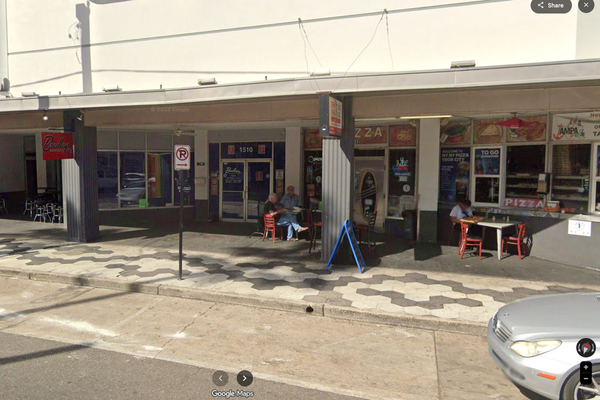Conveyor systems form the spinal cord of most industrial operations, from manufacturing and packaging to distribution and logistics.
They make things easier, reduce labor, and maximize production efficiency. That being said, conveyor systems, like any other machine, are not immune to wear and tear.
If neglected, even the smallest issue can escalate into expensive repairs or production shutdowns, taking up time and money.
It’s good to note that reliability and long-term performance are not something that can be achieved with reactive maintenance alone; it is a product of proactive and strategic effort.
From cleanliness to regular inspections and proper training, everything contributes to the health of your conveyor system.
Understanding how to properly maintain these systems not only extends their lifespan but also adds to workplace safety and productivity.
This article explains how to keep your conveyor system at its best for long-term efficiency and performance in any type of environment.
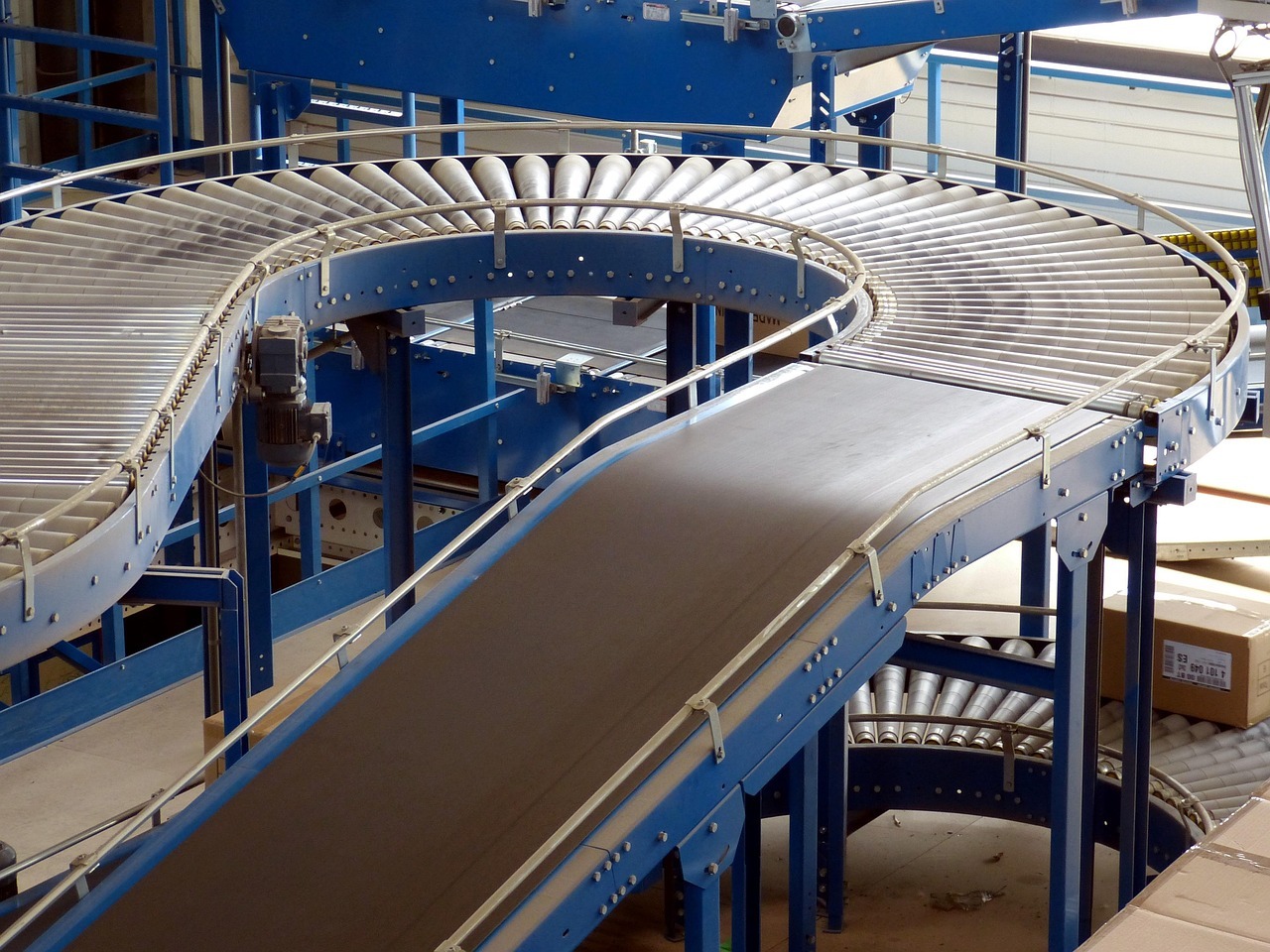
1. Perform Regular Inspections and Monitoring
The foundation of any maintenance program is by performing regular visual and mechanical inspections.
Scheduling regular checks catches early signs of damage—such as worn rollers, misalignment, or frayed belts—before they cause system downtime.
A simple method of ensuring the long-term functionality of your conveyor system is to develop an inspection checklist.
This includes monitoring belt tension, listening for unusual noises, checking bearings and pulleys, and observing motor temperatures.
Detection of abnormalities at an early stage avoids emergency downtime and can typically be corrected with minimal intervention.
2. Lubricate Moving Parts Regularly
Lubrication reduces friction between moving parts. Without lubrication, chains, bearings, and motors will overheat or seize—causing mechanical failure.
Always follow the manufacturer's recommendations for frequency and type of lubricant. Over-lubrication will trap dirt and contaminants, and under-lubrication will cause premature wear.
Special attention must be given to lubricating pulleys, drive chains, and rollers. During periods of heavy dust or rainy weather, lubrication schedules must be more frequent.
Preventive lubrication also conserves energy by having the system operate at its efficiency, in addition to extending the lifespan of your components.
3. Maintain the System Clean In Order To Prevent Material Build-Up
Conveyors unavoidably accumulate dust, dirt, grease, or spilled product during operation. If it is not wiped off, this build-up will lead to slippage, jamming, or excessive friction—all of which reduce performance and ruin parts.
Develop a cleaning schedule depending on your work zone. For example, food-grade conveyor systems require more frequent cleaning due to hygiene standards, whereas packaging conveyors may require weekly cleaning.
Compressed air cleaning, soft-bristled brushes, and mild cleaners can be used to clean while not harming parts. Don't forget to clean the belt along with support rolls, tracking systems, and return areas.
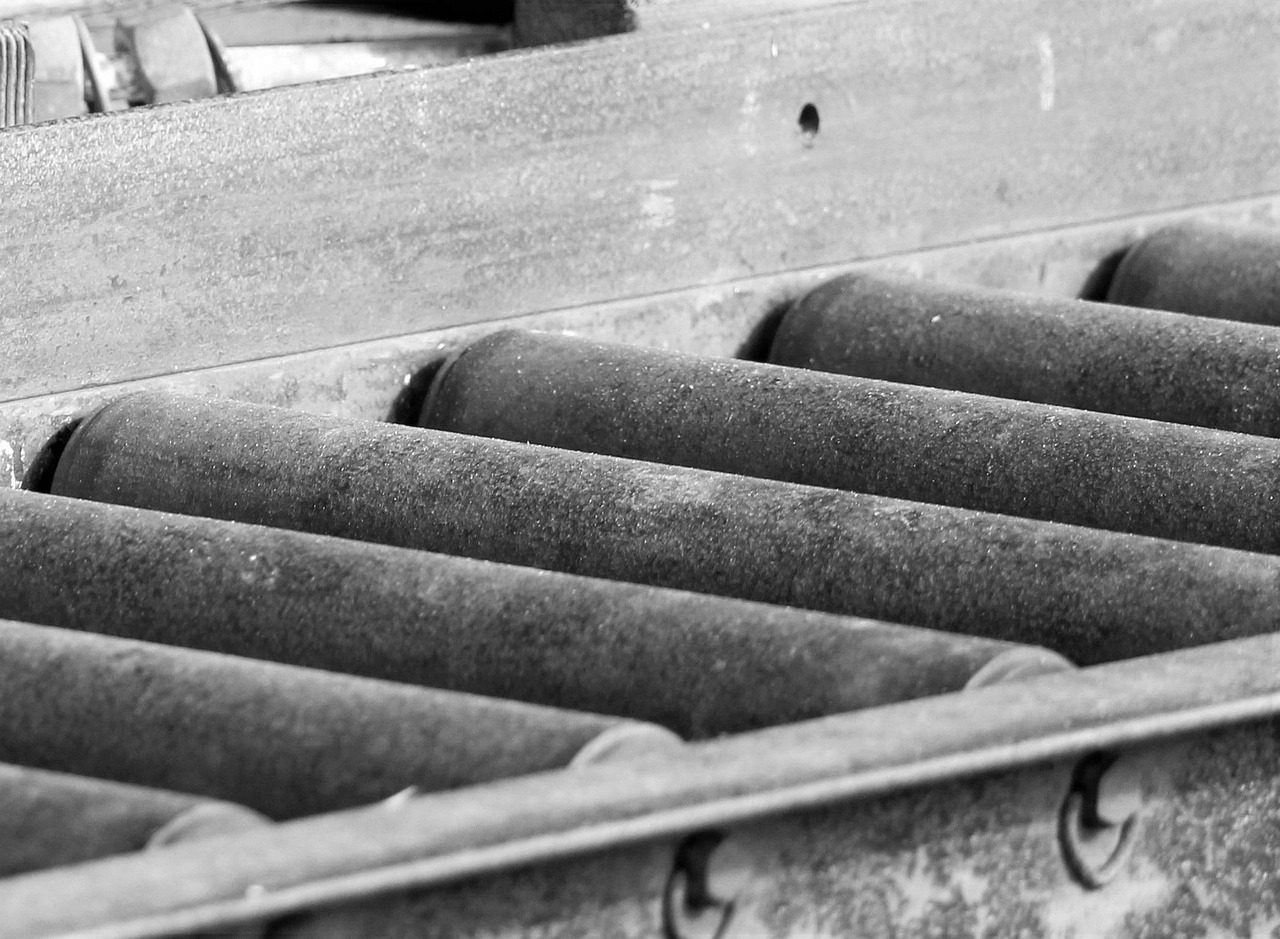
4. Train Personnel to Operate And Maintain The System Properly
Even the best maintenance strategy can be undermined by untrained personnel. Operators must understand how to use the conveyor system properly—and be able to identify early warning signs of failure.
Invest in training employees to run the system within its capacity recommendations and respond correctly to issues like belt slippage or misalignment. Train employees in correct loading techniques, emergency shutdown, and when to call maintenance.
This reduces human error, extends component life, and encourages a safety-first attitude. Your best defense against costly downtime is a well-trained staff.
5. Replace Worn Components Before They Fail
Proactive replacement of degrading components is one of the precepts of preventive maintenance. Waiting for failure not only halts operation but also may destroy other parts and increase the cost of repair.
Track the life cycles of high-wear items like belts, sprockets, bearings, and rollers. Replace components promptly when they show signs of cracking, fraying, or misalignment—even if the system is still functional.
New conveyors are typically equipped with predictive maintenance sensors or counters. Take advantage of this technology to automate notifications and track usage metrics to allow for smarter replacement scheduling.
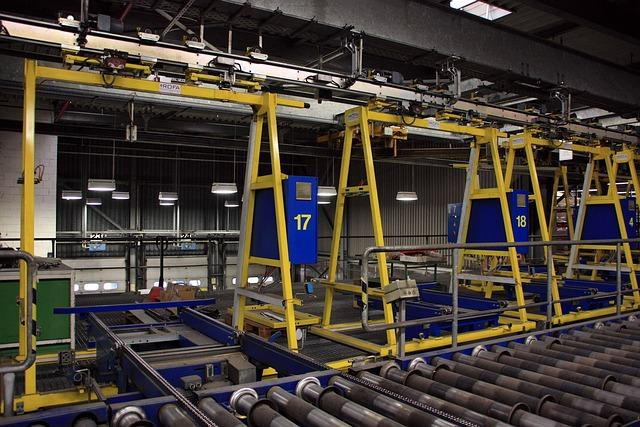
6. Ensure Proper Alignment and Tensioning Of Belts
Misalignment is one of the most common causes of conveyor wear. A belt that's running off-center or at the wrong tension will put uneven stress on components, use more power, and even cause belt slippage or breakage.
Periodically inspect the belt is tracking straight and smoothly on the frame. Tension accurately—too tight, it strains the motor; too loose, it derails. Alignment tools or laser tracking systems ensure accuracy.
Correct tensioning also protects against edge damage and extends the working life of the belt—a major contributor to long-term conveyor health.
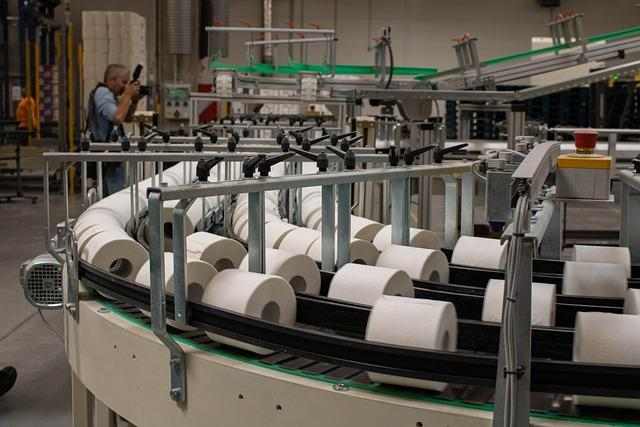
7. Control the Operating Environment
Environmental conditions can play a significant role in the longevity and operation of a conveyor system.
Temperature, humidity, dust, and exposure to chemicals can all lead to increased wear on belts, motors, and electronic devices.
For example, high humidity can cause corrosion of metal parts, and high heat can dry up lubricants and warp plastic or rubber parts.
Dusty environments can clog bearings or sensors, and food-grade systems exposed to moisture must meet strict standards of cleanliness.
To prevent the system from failing prematurely, consider enclosures or protective covers over susceptible areas.
Use environment sensors to monitor conditions and automate alerts for temperature rise or moisture buildup. Air filtration systems, dehumidifiers, or sealing the floor also stabilize aggressive environments.
Maintaining the environment your conveyor operates in well-controlled ensures that even the best-maintained equipment isn't compromised by external forces.
Wrapping Up
Conveyor systems are a staple plant and distribution operation infrastructure. But, if not well maintained, they can be a liability instead of an asset.
With a regimen of routine inspection, good lubrication, cleaning, training of personnel, replacement of parts before their time, and belt aligning, you can get your conveyor system to deliver long-term, continuous operation.
These strategies not only protect your investment but promote workplace safety and minimize costly downtimes.
Think of maintenance not as a chore, but as a competitive advantage. A well-maintained conveyor system is one that will keep your operations running—day in and day out.
Links
https://pubmed.ncbi.nlm.nih.gov/40271924/
https://link.springer.com/article/10.1007/s40735-024-00883-9
